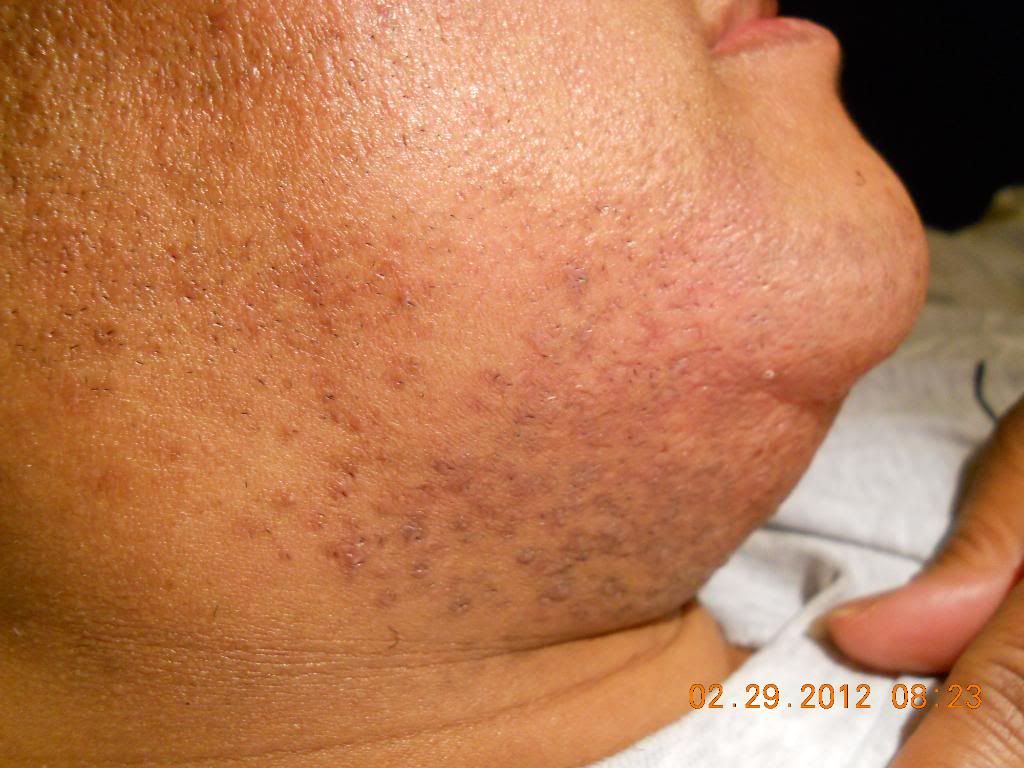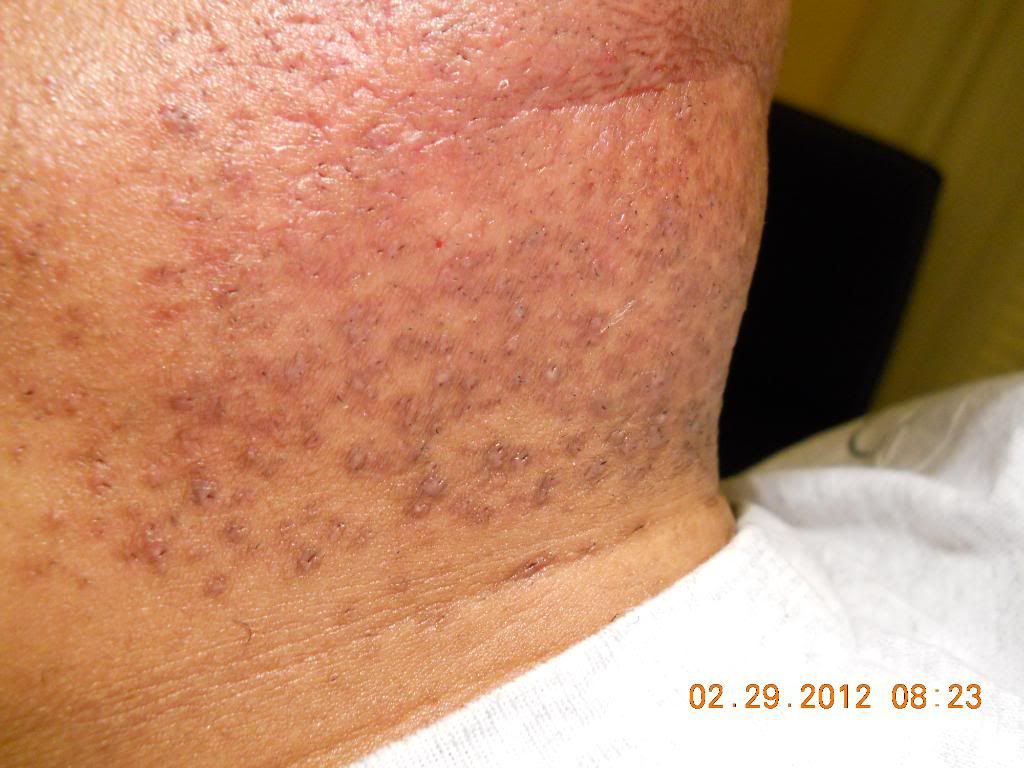Hi there,
I’m not looking for an excuse.
I’m actually trying to understand, as a professional practitioner, where the benefit lies in using multi use probes?
I checked out the website,it doesn’t answer my questions, please explain.
Hi there,
I’m not looking for an excuse.
I’m actually trying to understand, as a professional practitioner, where the benefit lies in using multi use probes?
I checked out the website,it doesn’t answer my questions, please explain.
I do not know where you draw the probes are reused in other clients. To my knowledge, no one does this since 1980.
Josefa pretty much summed it up. Nobody has re-used them since about 1980.
The AEA has flatly rejected re-use for many years. The IBP just happens to have the only insulation tough enough to heat sterilize repeatedly with no damage to it.
The price has remained the same since 1970, and in 1970 dollars it was more important 
If I may quote myself from the web page: “The Laurier Insulated Bulbous Probe was not designed for single/disposable use and since our design remains unchanged in 40yrs it still retains that inherent durability and will easily outlast its peers. Since our price has also remained unchanged in that same time frame, states that require single use do not increase the cost per patient to you by any significant amount considering today’s operating costs and the results the Laurier Insulated Bulbous Probe will provide for you.”
Just to add, have always used disposable probes since training in 1992. If I hear recommendations of products that can help improve my work I will try them. In the Uk as I assume with most countries probes can not be reused. The Laurier probe Is worth that little bit extra in cost.
So to sum it up, its like the Irish Spring Soap commercials, “Its strong enough for a man, but made for a woman.” Laurier is Designed strong enough for resterilization, but cost effective for single use."
I was asked a question I don’t have an answer to, so it’s my turn.
How big is a Pro-tec 2th ?
Pro-tec 2th as in Pro-tec tooth? As in eating the hairs?
Um, joke.
That’s the question I was asked and I have to assume that person can read. Let’s narrow the question…
How big is a Pro-tec 2?
Protec 2th is the #2 for thermolysis as Protec’s are made differently for blend; Protec BL.
2th means .002 for thermolysis? (In pro-tec speak.)
I wonder if it was really a noninsulated #2 thermolysis.
I only have the #2 ITH protecs as I can’t imagine even
using a noninsulated #2 for anything. I am going to open the packet anyway
and waste this one JUST because you are a great guy who makes a powerful probe.
Okay, measured only the probe, not the shank.
It is 3/16", maybe a hair longer.
I think your question would best by answered by someone who works for Dectro. I do not own a micrometer.
That sounds logical Barbara. But by .002 do you mean .002 inch/.05mm/50.8 microns ?
Since the choice of probe diameter is directly related to the diameter of the target hair, I think that’s a fair enough question.
I have used every probe out there; even the copper ones!
So now, I am wondering, is there a standard?
When I use various brands of probes, why is a #2 seemingly finer from one manufacturer to another? I am referring to the tip, not the taper.
Barbara, it looks like they should all be equal in diameter.
What else would the .002 mean if it is not a measurement?
I do not have a micrometer but if someone does, maybe some actual measurements would be nice to see.
Sometime ago I found a chart where Uniprobe compare probes of different manufactures. Here is a link:
http://www.uniprobe.com/uniprobe.shtml
I hope you will find it useful.
The uniprobe link demonstrates that the numbers no longer correspond to actual precise measurements. The actual measurements would be good to know.
The IBP had been around for many years when that chart was made…
We must be the “other” insulated probe that would stand up to heat when the others couldn’t 
[quote=“JoElectro”]
Here is one of many examples I have on hand of a new client who presents with troubled skin from years of tweezing and now daily shaving. Electrolysis can fix this, but the skin needs time to heal after the hair is removed permanently with electrolysis. The pigmentation will slowly fade once the hair is gone for good, but she may want to get some extra help afterwards to speed up the process.

Another view of client PRIOR to electrolysis:

For those using an iPad, expand the picture to see the hair in the follicles. Shaving was done 12 hours earlier.
A big challenge, Dee. I guess the first sessions will be devoted to extract all the ingrown hairs. I can not wait to see the results of this work. There is nothing more rewarding to deal with a case like this.
If this woman knew how her life will change…
Unfortunately , Josefa , I only saw this person once for thirty minutes. Don’t know why she didn’t continue. She tolerated her sample test very well. She made an appointment in 2003 and never showed and again she attempted to start recently, with much enthusiasm and with the sincere intention to get this bad hair behind her once and for all. She physically hurts. I could have helped her, but some people may have hardship in their lives, which can prohibit them from following through. You have to want this very badly in order to see progress. So, as of now, there will be no follow up pictures. I was really looking forward to helping this nice lady. She has a severe case of skin damage due to shaving and tweezing for many years and that is what I wanted to share with the HairTell community. God Bless her. This is troubled skin with no other way to resolve without good electrolysis care.
I have had some women like this as well. I have found that many of them are grateful to find that there is a solution, but once we have the mask area under control, they tend to fall short of working the area below the jawline to completion. I think the scientists call this “the point of Paci-faction.” Its not quite satisfaction, but it is at least pacifying.